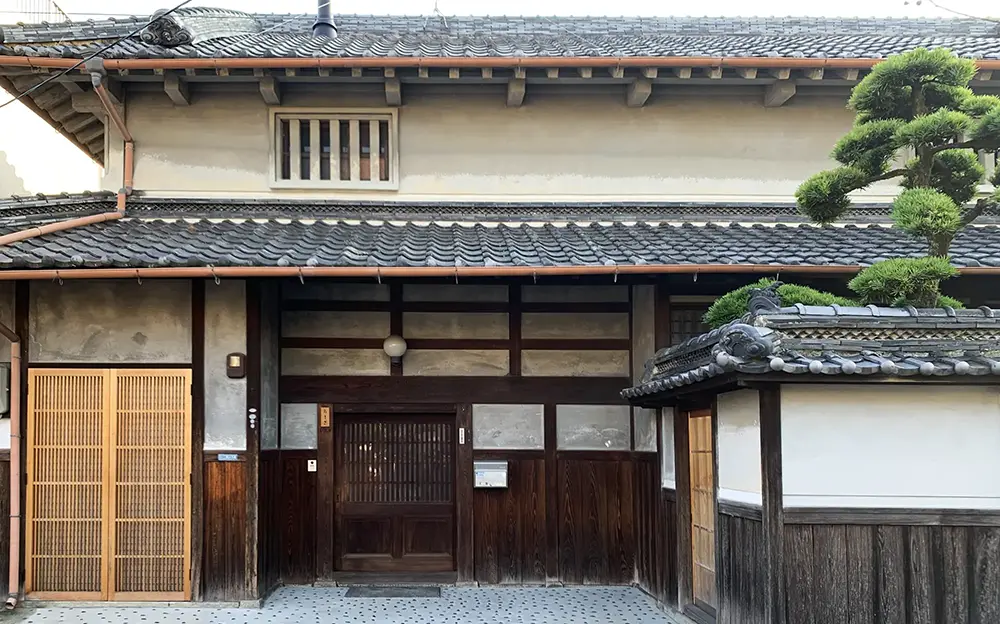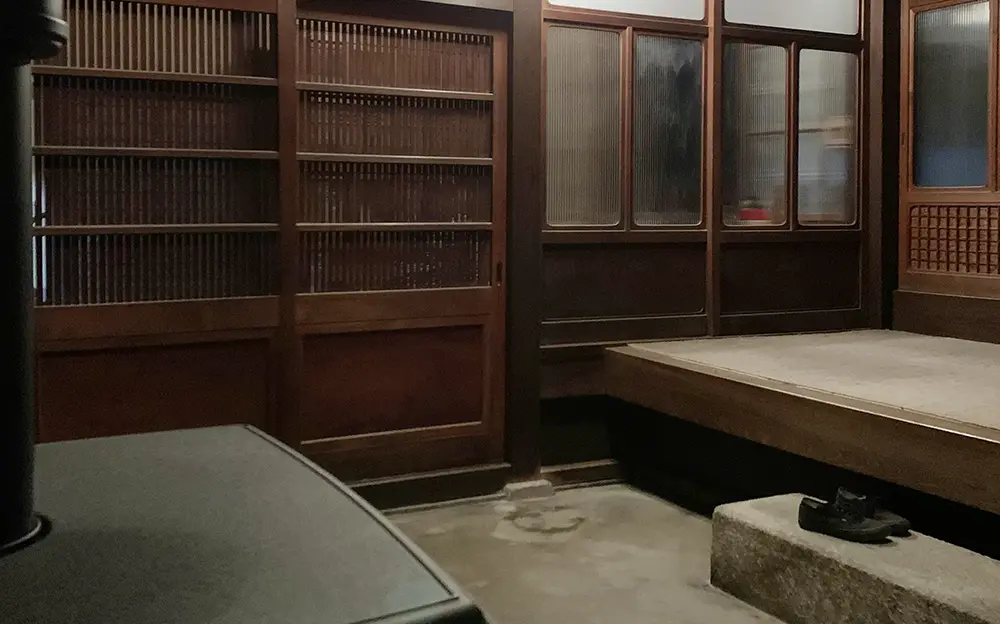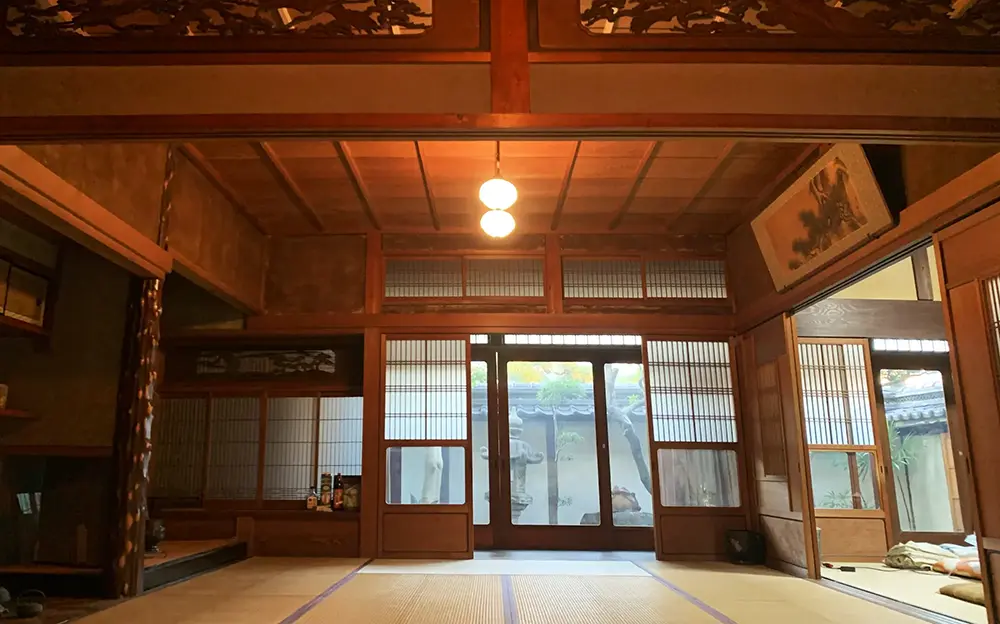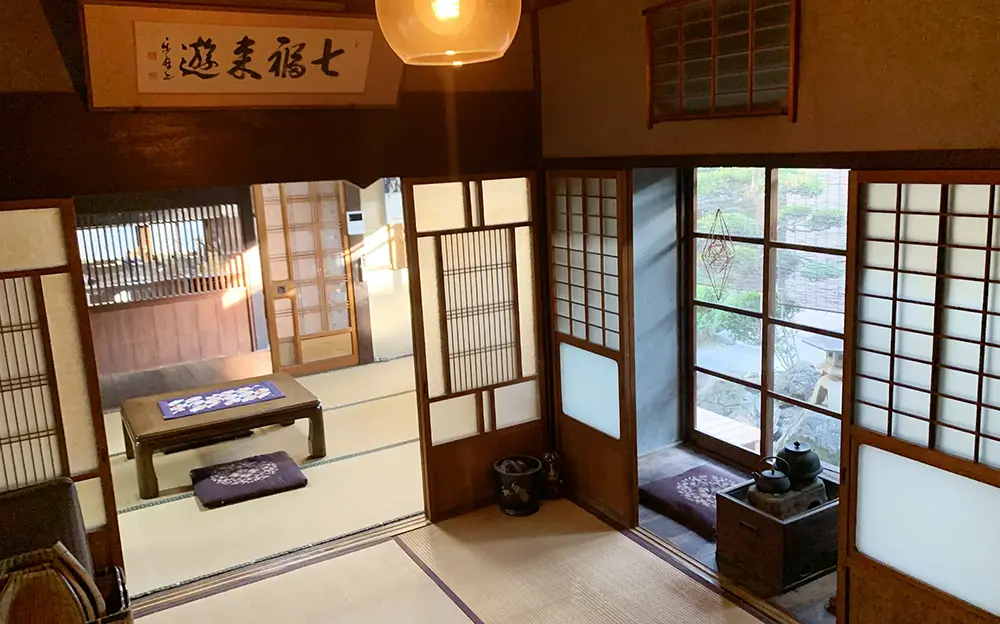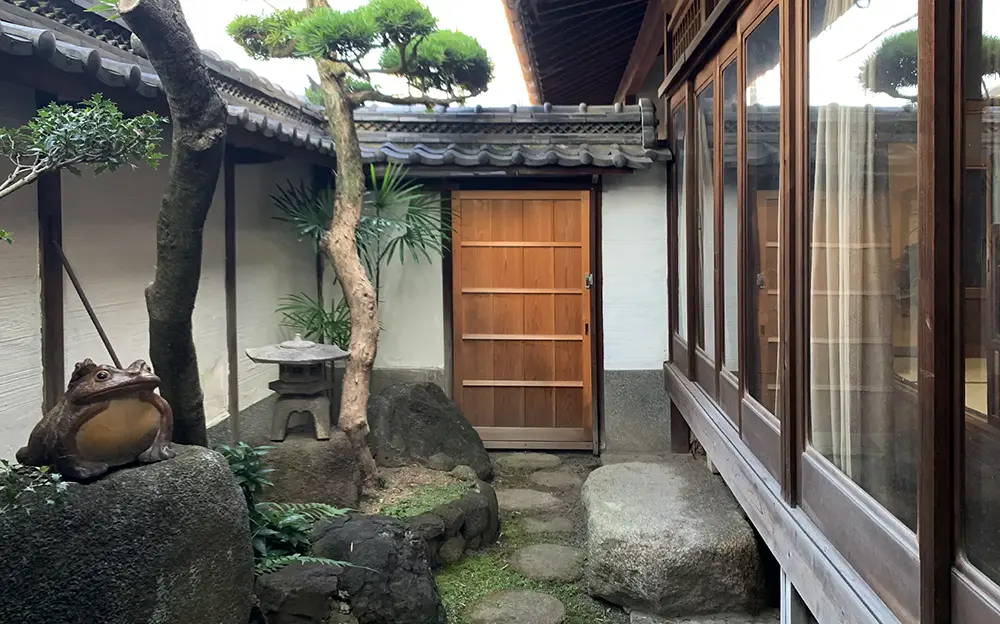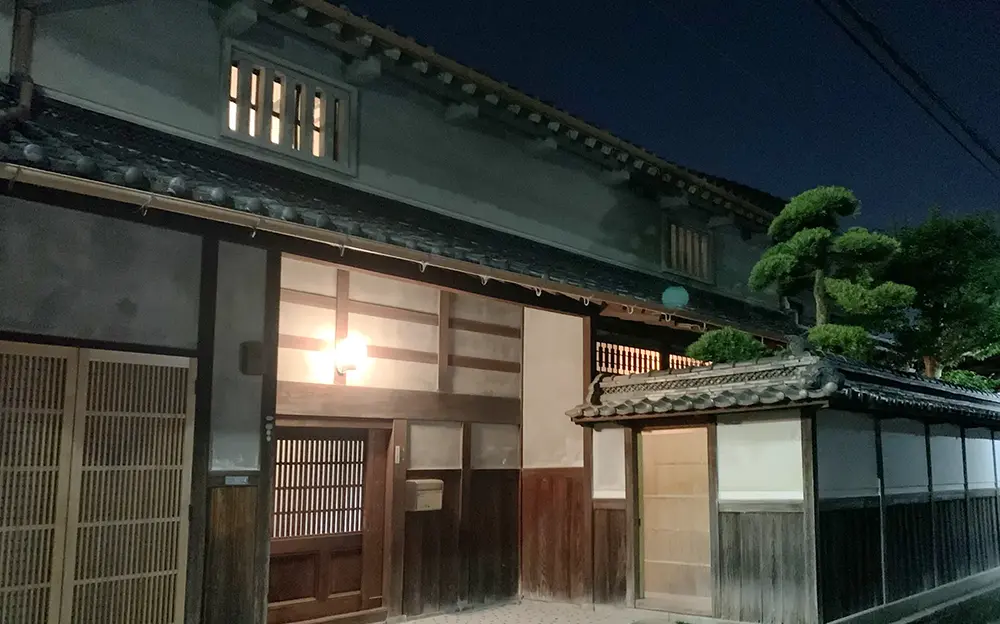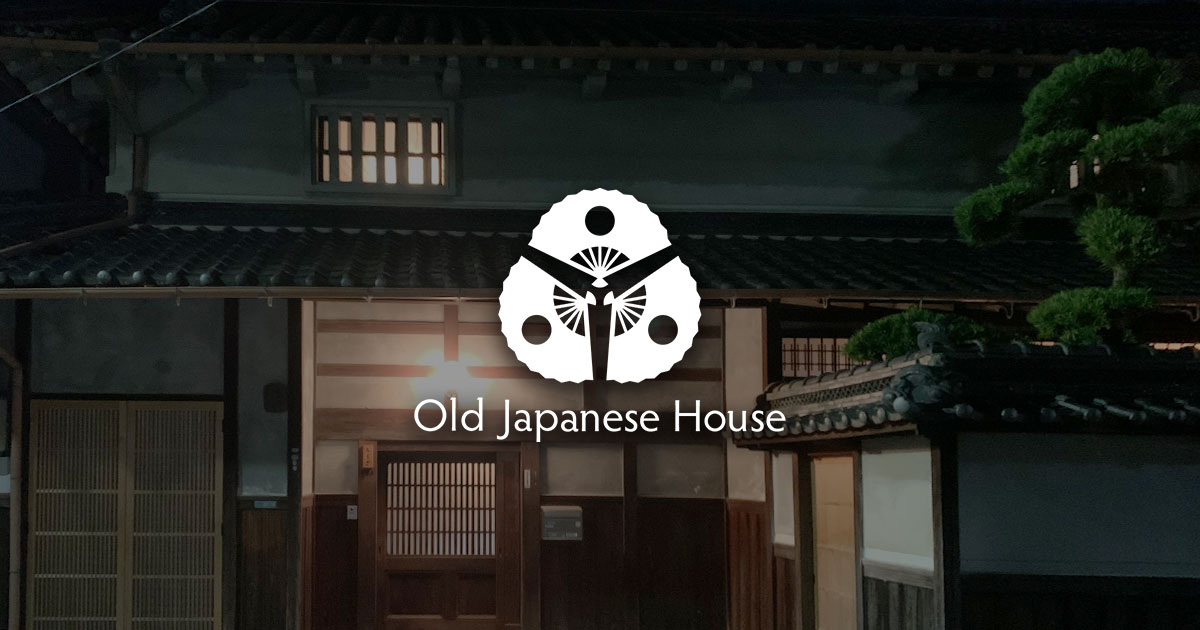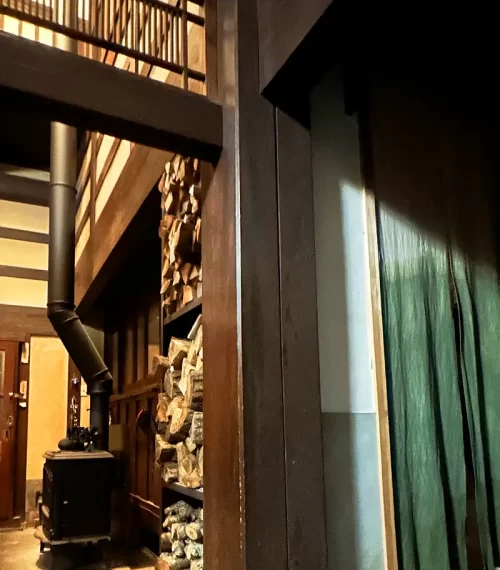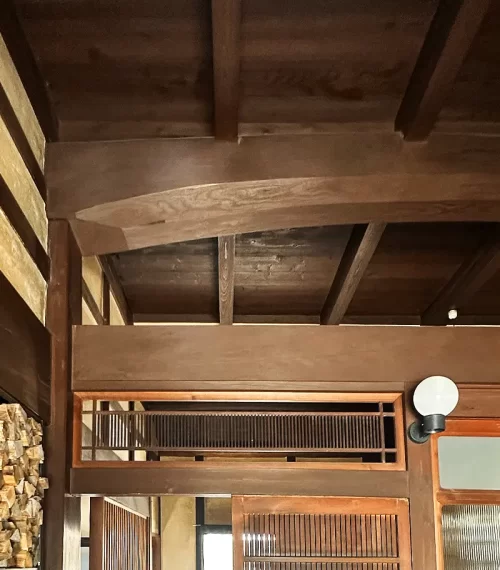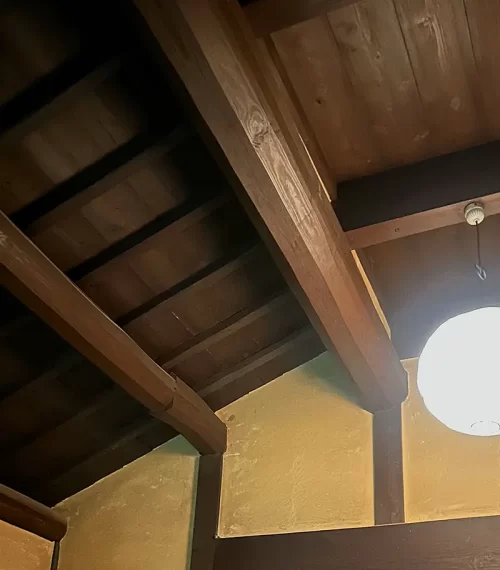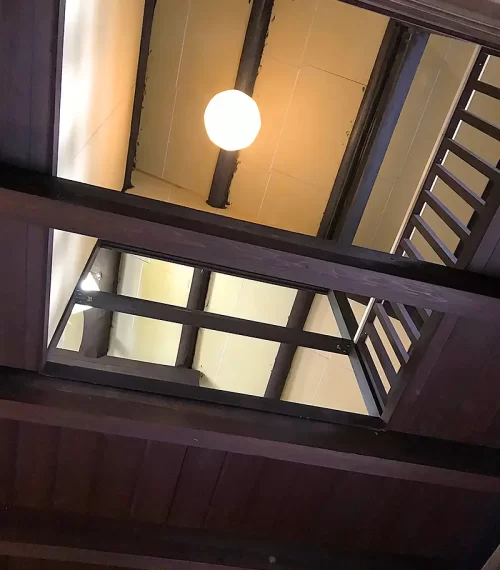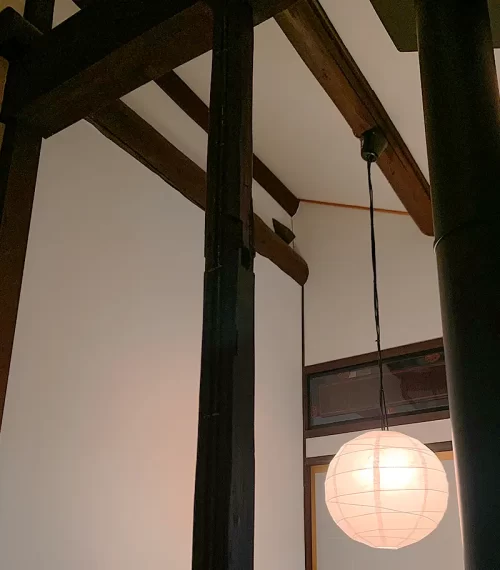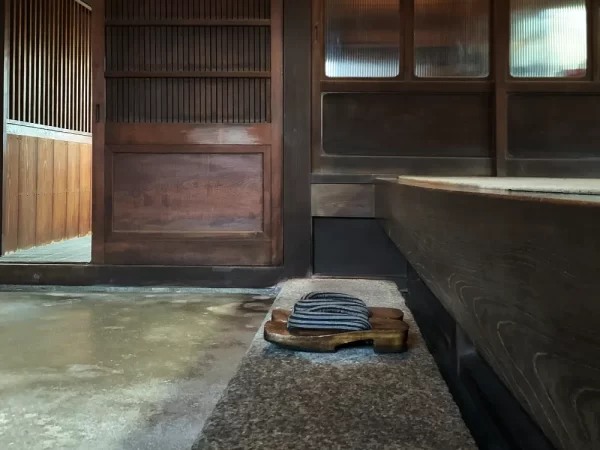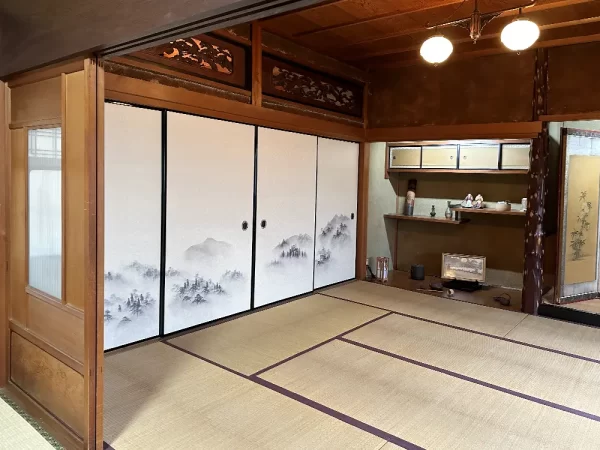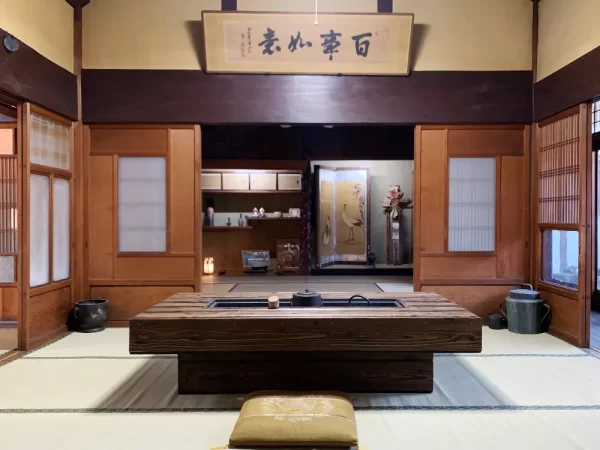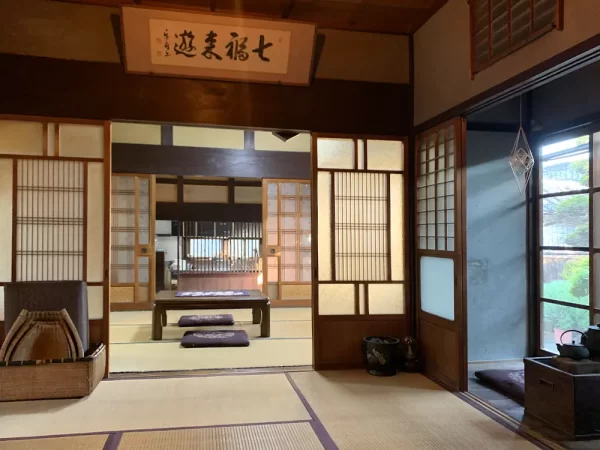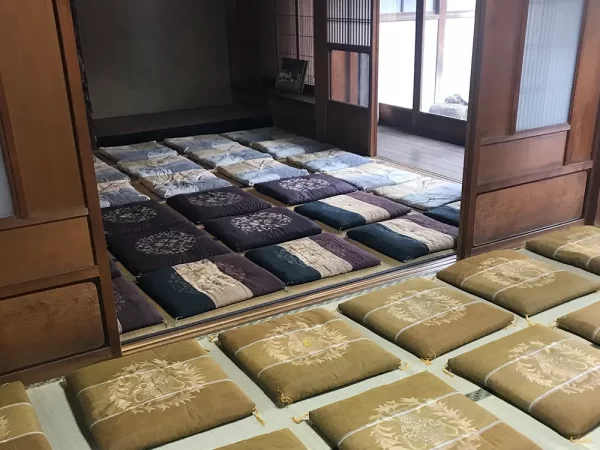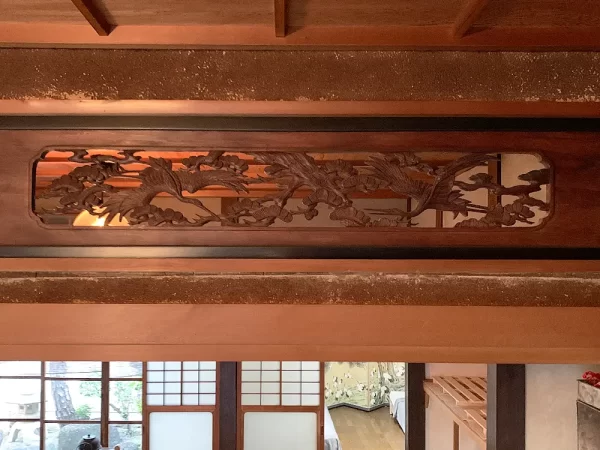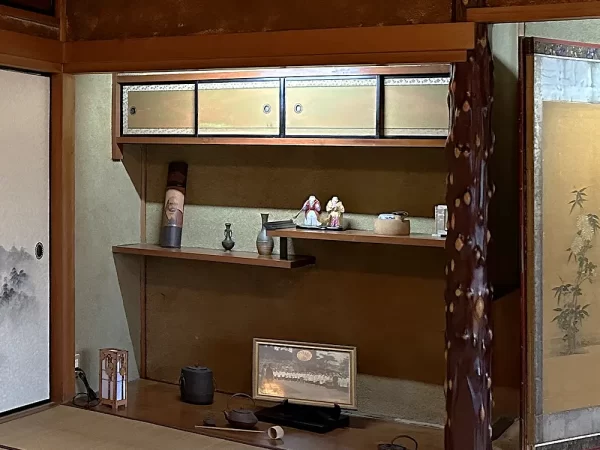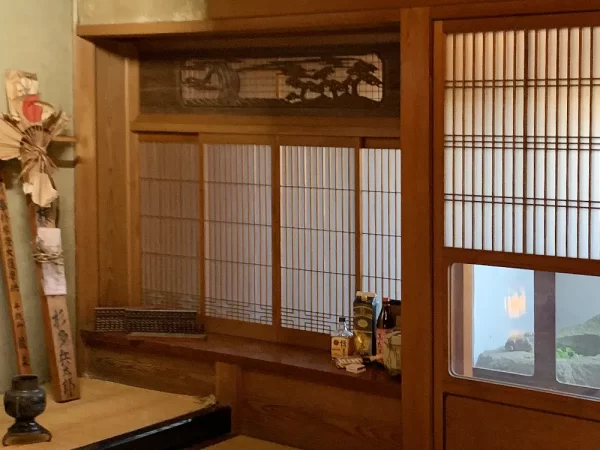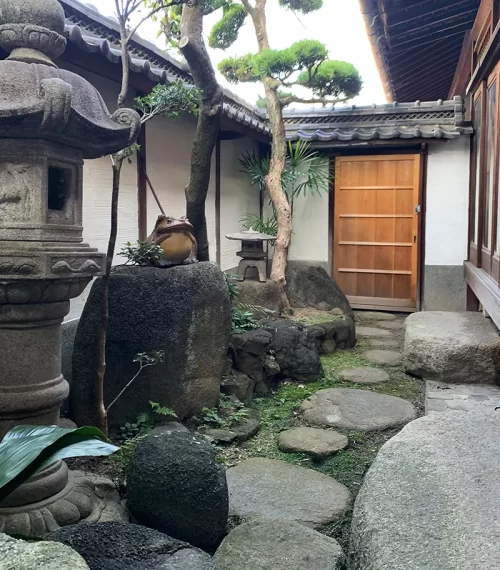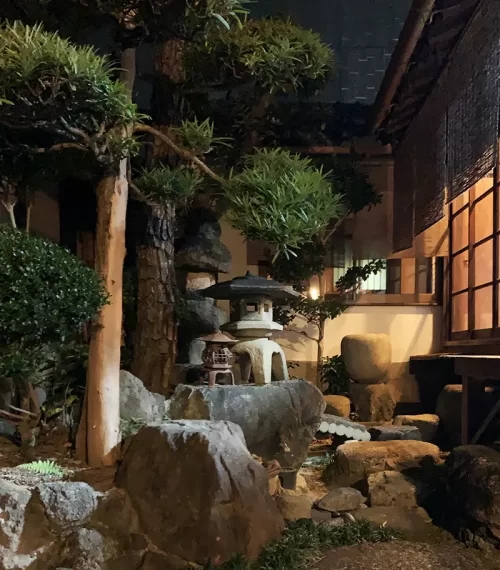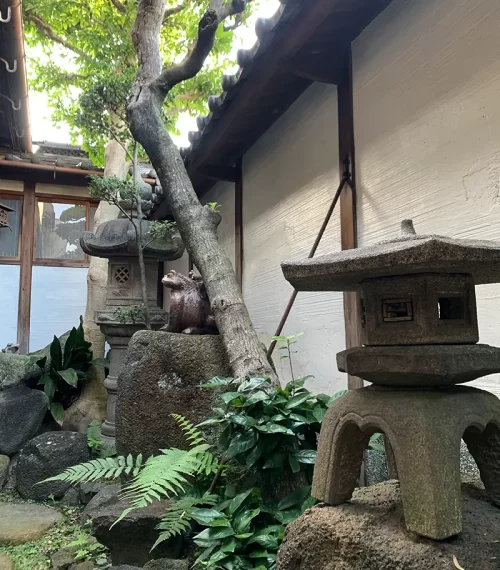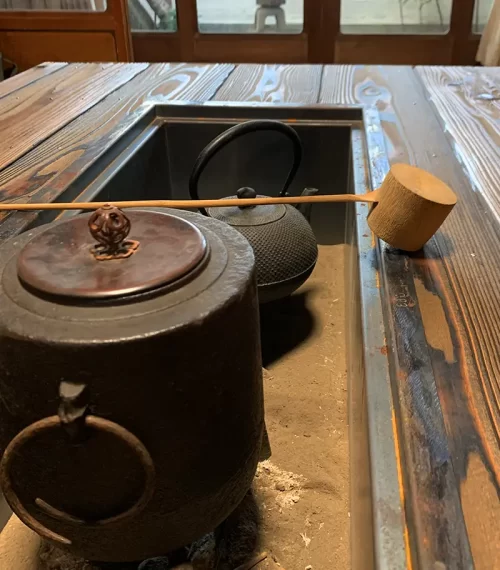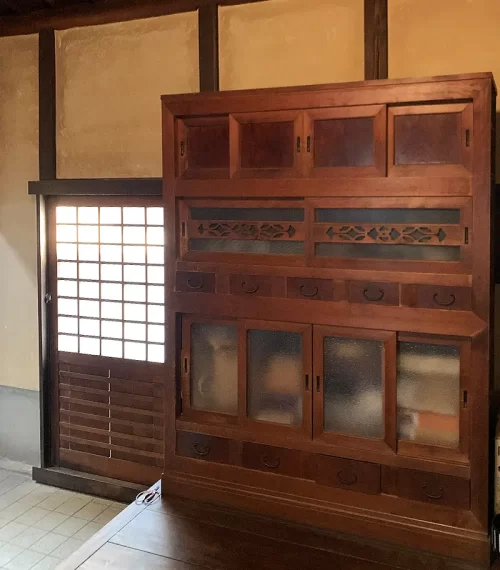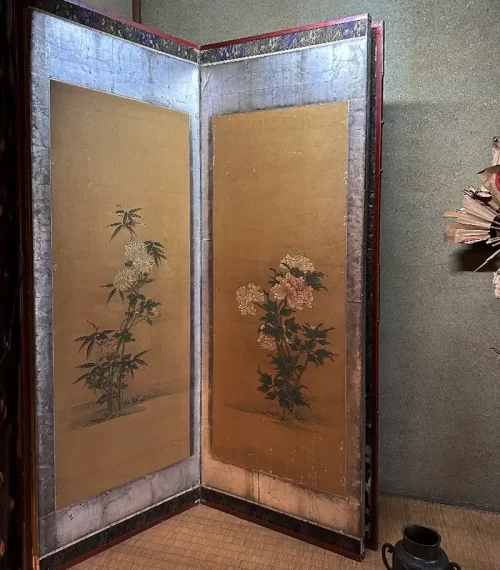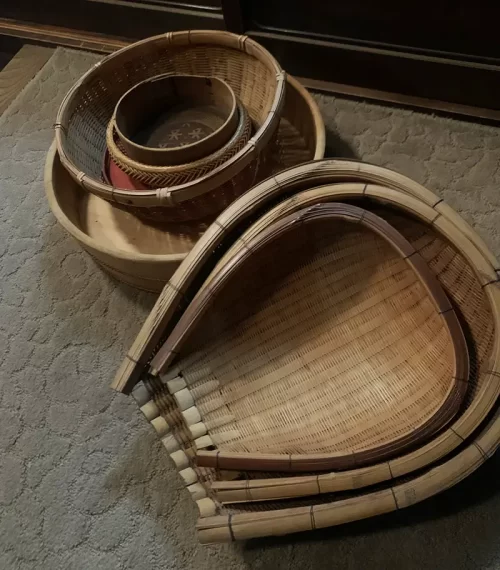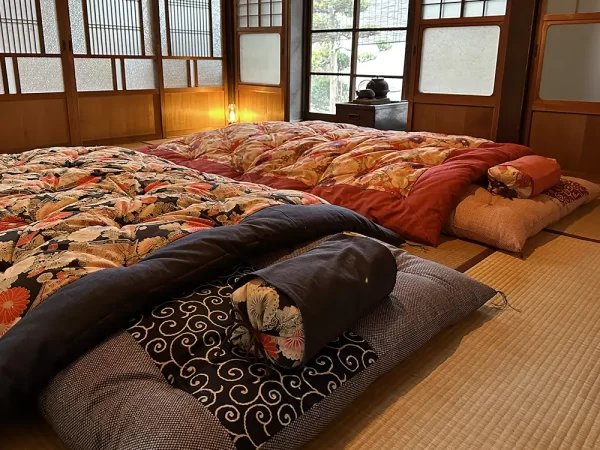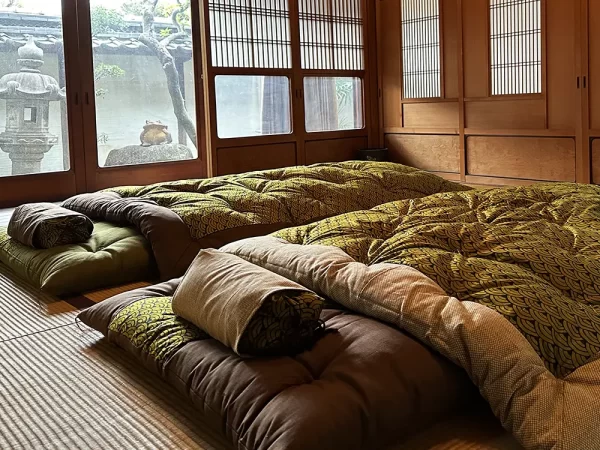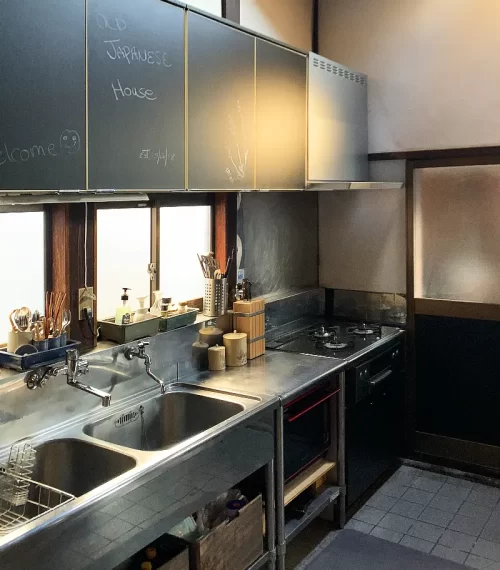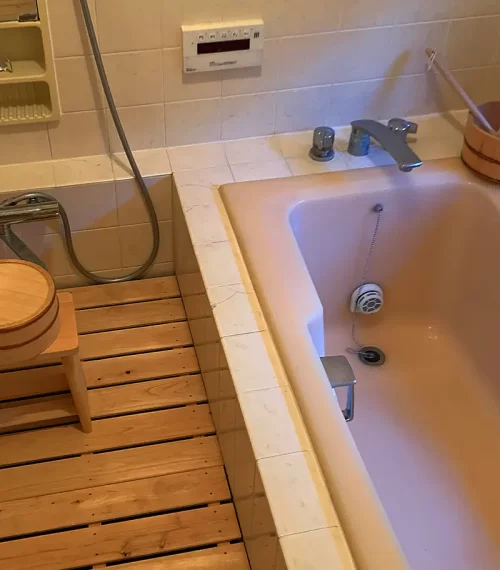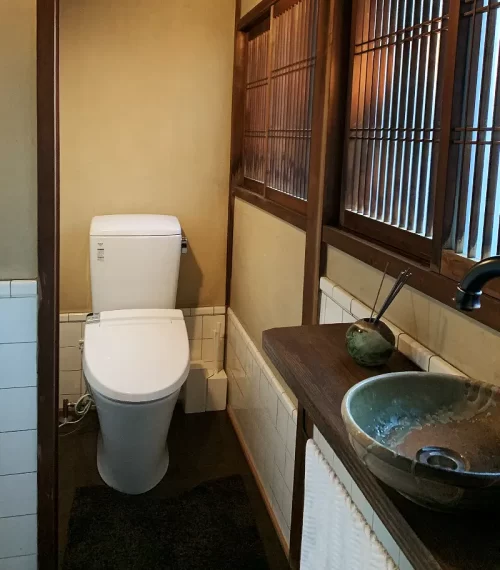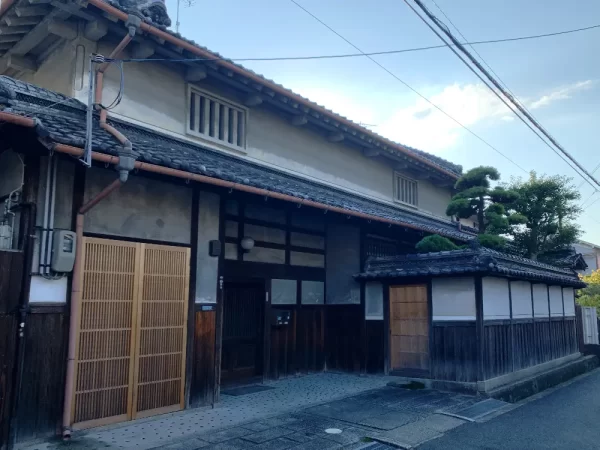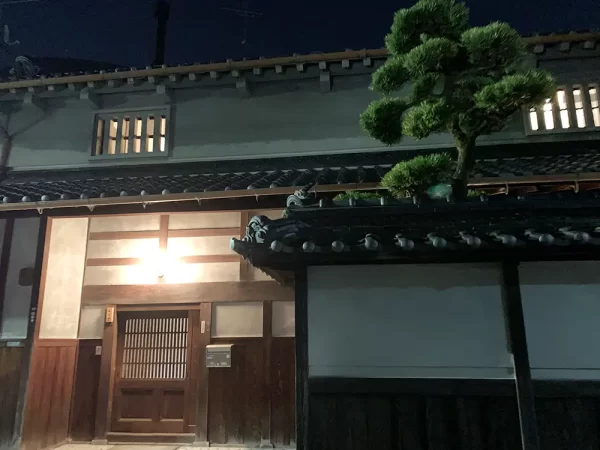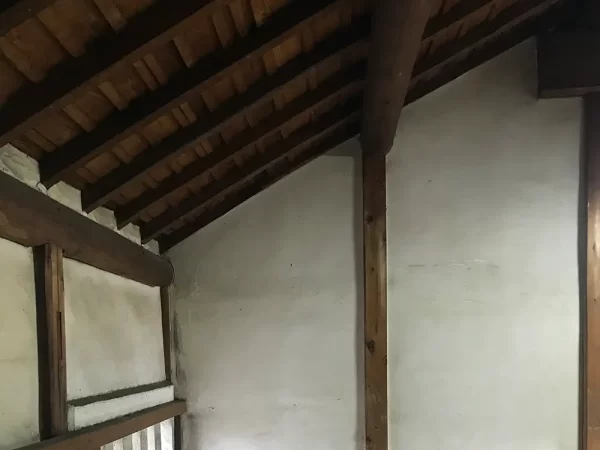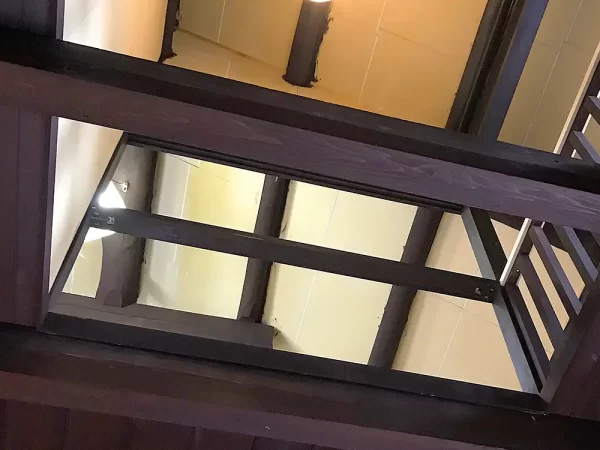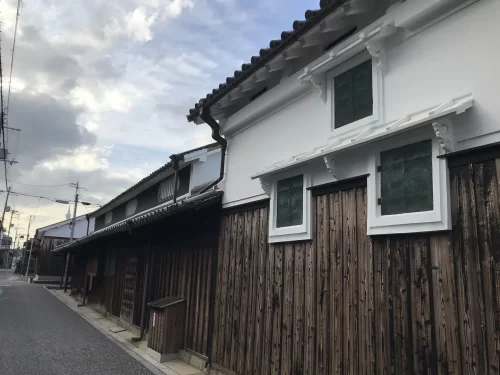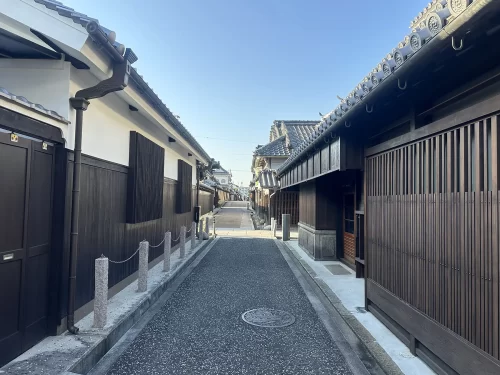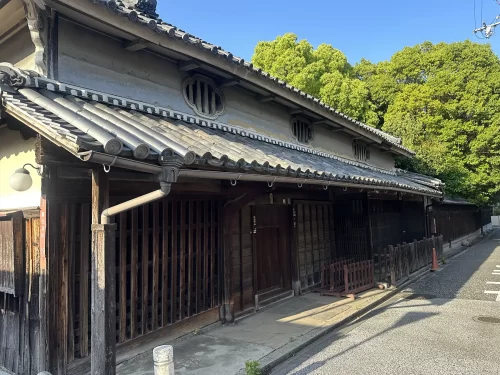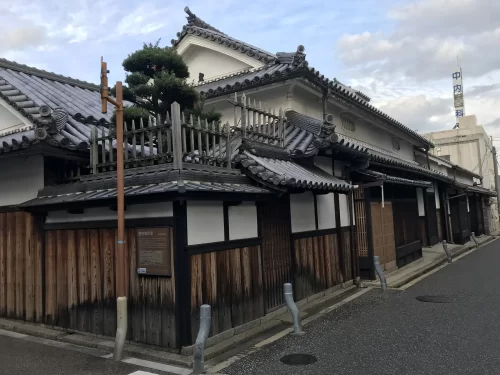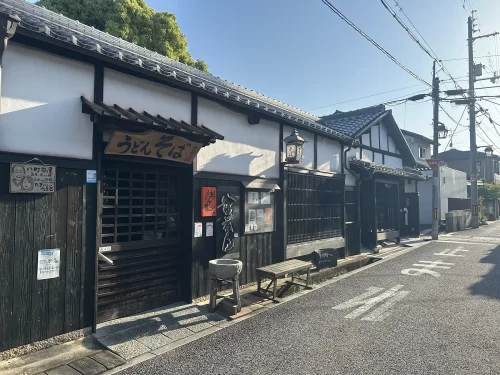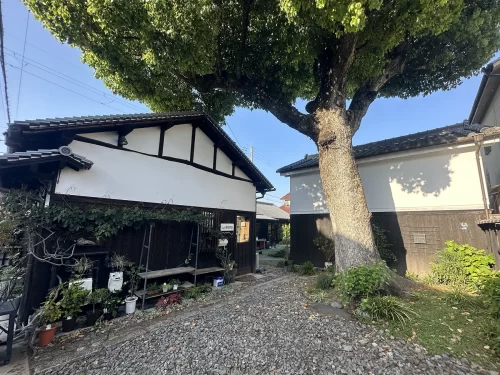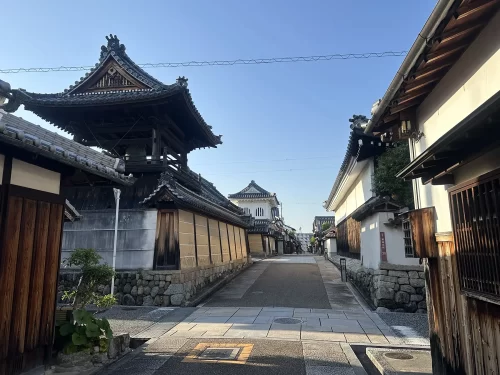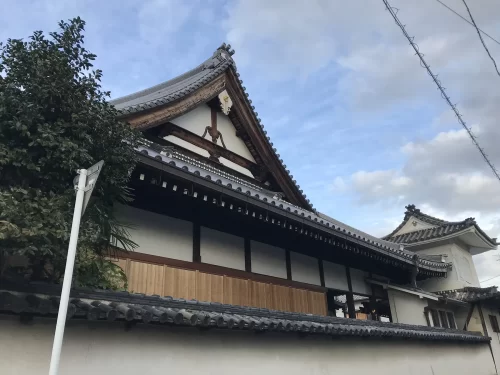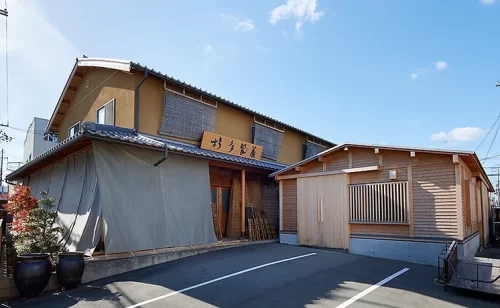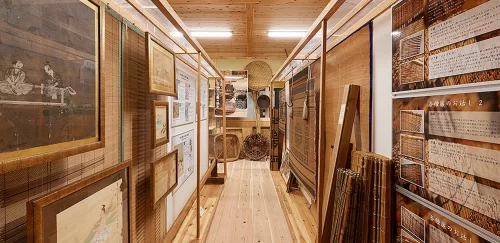The Old Japanese house is a MINPAKU- YADO. Minpaku-Yado is a Japanese style hotel which offers a private house as an accommodation). Our old house was built with Japanese traditional tongue and groove architectural method and this style of house is called KOMINKA in Japanese. This wooden house gives you the warm feeling of the wood and allows you to feel the history.
Our Japanese wooden house allows you to feel the coziness with its simplicity and the beauty of it is very warm welcoming.
A traditional Japanese wooden house that is aesthetically pleasing and solid
A traditional Japanese wooden house that is aesthetically pleasing and solid
This Minpaku-yado is an old folk house that has been carefully protected throughout its long history. This historically valuable building is assumed to be built about 100 years ago, according to the housing specialist, and the last renovation was done in Showa 30th (in 1955).
This KOMINKA that is filled with traditional Japanese beauty was kept as much as possible in it original form from its previous owner.
Today, the number of KOMINKA has decreased and it has become rare finding. In this MINPAKU-YADO, you will be able to fully enjoy the beauty and comfort that these limited number of Japanese traditional architectural buildings could offer.
In this house, you will find various massive wooden beams. Some experts say this size of woods may not exist in Japan today and some of the beams are made by special cypress which is commonly used for shrine or temple architecture.
The grand yet delicate space that are beautifully created using traditional Japanese architectural techniques is a must see.
The magnificent space that are beautifully created using traditional Japanese architectural techniques with extremely rare wood material.
The beam that is assumed to be more than 100 years old.
A luxurious space that you can feel the history
A luxurious space that you can feel the history
As you pass through the entrance, which has presence of long history, you will find an old-fashioned earthen floor that is called DOMA “土間”.
DOMA was established as an intermediate place to connect the outdoors and indoors. The traditional Japanese value finds importance in things that exist in the middle such as between inside and outside, nature and human, people to people.
Please enjoy and feel the space where outside air gently changes to home air into the fresness of ourside.
The DOMA space that connects outside and inside
You can feel the gentle change of the atmosphere.
The traditional Japanese rooms that are filled with TATAMI fragrance calms your spirit. It has the structure that allows air to flow in the house and you can feel the traditional Japanese lifestyle that values harmony with nature and simplicity.
The Japanese architectural structure makes possible to change the look of the room by just opening and closing FUSUMA door (Japanese sliding door). From this structure we could learn that, in the past, people are enjoying changing their living space according to the time, season and ceremonies.
With a traditional structure the air flows through, a Japanese-style room is where you can feel the relaxing lifestyle of those days.
The RANMA which is beautifully sculptured transom panels, the staggered shelves in TOKONOMA (a recessed space in a Japanese-style reception room), TENBUKURO (a floating cabinet in TOKONOMA) etc… you will be able to enjoy the Japanese traditional archtechtual style that are no longer seen in modern homes and You can enjoy the work of the craftsmen of the time.
Enjoy the architectural style that is unique to Japan and work of our old craftsmen. All of them are filled with wisdom for living comfortably
ENGAWA is an extension of the indoor space that connects TATAMI room to the outdoors. Both of ENGAWA that we have leads you to Japanese gardens.
As you walk down to the garden, there are stepping stones, stone water bowl, small and large stones that decorate the garden, bonsai-tree, and mosses. They will invite you to the calm atmosphere of good old Japan.
The Japanese garden that makes you forget the daily hustle and bustle and feel calm and relaxed.
The guest space is decorated with a Japanese indoor firepit, old wooden kitchen cabinets, traditional folding screens. All these items make you feel like you traveled through the time and bringing back to early 1920’ to 1950’ You can also see/use some of the bamboo products which was from the previous house owner.
You will be able to enjoy the relaxed and heartwarming life of the past.
Tasteful furniture and furnishings brings back the calm and stylish life of the past.
Comfortable Accommodation
Comfortable Accommodation
The guest will have access to entire 1st floor with privacy. (DOMA, Kitchen, Backyard space are shared with the owner)
The 4 Japanese Tatami room can be used as one large room by removing the sliding doors. Therefore, the accommodation is also great for events or large family gathering.
For the best sleeping comfort for our guests, we prepared 4 sets of traditional organic cotton futon which was specially handmade from local futon craftsman. Please experience the comfort of a traditional Japanese cotton futon.
We also have 2 twin size western bed in the western room. Therefore, we can accommodate up to 6people.
The best sleeping experience of traditional Japanese cotton futon
that was made by local futon craftsman.
Since Japanese old houses are structure to allow air to flow thru them for the hot and humid summer, the houses are usually cold in winter.
To offer a comfortable winter experience, we have installed a large wood burning stove. The heat from the fire warms up the air and makes you feel very toasty. It is unlike modern day heating systems.
Wood burning stove that warms you up from core of your body.

Although this KOMINKA has gone through many years, bathroom, lavatory, kitchen is renovated to suite modern use. The renovation was carefully done to keep the authenticity.
Although it is an old private house that has been around for a long time, the bathroom, restroom, kitchen, and other water areas have been renovated to make it more comfortable to use. We have renovated the property in a way that does not affect its ambiance, so you can use modern, new appliances with peace of mind while maintaining the traditional atmosphere.
Although the building is old updated bath and kitchen that can be used comfortably and with peace of mind.
The host of this MINPAKU is staying at the 2nd floor. If you have any question about the building, furnishings, direction of the equipment and neighborhood recommendations, please don’t hesitate to ask.
The history of this house
The history of this house
This house was originally one of bamboo blind merchant’s house and its blind shop still manufactures and sells blinds using traditional techniques.
In Japan, when foundation work and house structure is completed to build, the house owner invites the Shinto Priest and held a ceremony called JYO-TO-SHIKI to pray safe and smooth construction for next building process and to appreciate carpenters’ hard work. During this ceremony, MUNAFUDA (Sacred wooden seal) is attached to the highest beam in the house.
Our house MUNAFUDA is dated March 1955 (Showa 30 year), however, many of the specialist and house inspectors who has visited speculated that this house is build more than 100 years ago due to the house beams that are very old and already difficult to obtain in 1955. Furthermore, there is no official paper work that states the built of the house in 1955.
During in such investigation about this house, the carpenter who specializes KOMINKA realizes that the wood that was used for central pillar is relatively young timber than the other pillars. According to the carpenter, since houses were built with tongue and groove architect technique, it was common to take down a house and replace only the broken or damaged parts.
Based on these facts, it is assumed that this house was built over 100 years ago, and that renovation work to replace the central pillar was carried out in 1955, as indicated on the MUNAFUDA.
Thanks to the large pillars and beams, this KOMINKA has no distortions or shifts at all, and a housing inspector has confirmed that it is still standing solidly without any problems.
This house was survived more than 100 years thru wars, earthquakes, Tyhoon and many other disasters. Still today, the house is protecting the residents and standing as it was built in the past.
The house that is speculated to have the history of more than 100 years.
Town that has full atmosphere of Edo-early Showa Period
Town that has full atmosphere of Edo-early Showa Period
There is a historical district called “JINAI-MACHI” about 10min walking distance from our MINPAKU. This area was built year 1558 and prospered during the Edo period (1603-1868). This district kept old Japanese atmosphere of the times and it is a great place to feel the history of Japan.
“JINAI-MACHI” has been designated as a national “Important Preservation District for Groups of Traditional Buildings” and has also been selected as one of Japan’s 100 best roads. You can take your time to look around at very valuable old Japanese houses.
JINAI-MACHI is also home to the “Tondabayashi Koshoji Temple Betsuin” (Temple that is said to be the beginning of Jinaimachi), which has been designated as a national important cultural property, and the Old Sugiyama Family Residence (the oldest existing MACHIYA – residential building ). both of which are open to the public.
Learn More about “Tondabayashi Koshoji Temple Betsuin”
Learn More about “Old Sugiyama Family Residence”
About the hosts
About the hosts
This old folk house is a private lodging facility where the owner lives together. (The dirt floor, kitchen, and courtyard are shared with the owner)
Masami, who was born and raised near Tondabayashi and moved to the United States for study, where she reaffirmed the wonders of Japanese tradition and culture, and Peter who was inspired by the beauty of Japanese culture are now new owner of this house and they cherish this building with their family dog Pazu.
If there are any questions about building or furnishing, direction of the facility, and neighborhood tips, please don’t hesitate to ask their living is space is 2nd floor, so the assistance is always available.
Location
Our MINPAKU is located 10 minutes walking distance from TONDABAYASHI-Station of Kintetsu Nagano Line. There are many restaurants and shopping available around the facility.
2-chōme-6-14 Wakamatsuchō, Tondabayashi, Osaka 584-0024
The closest station: Tondabayashi Station on Kintetsu Nagano Line
Messages from owners
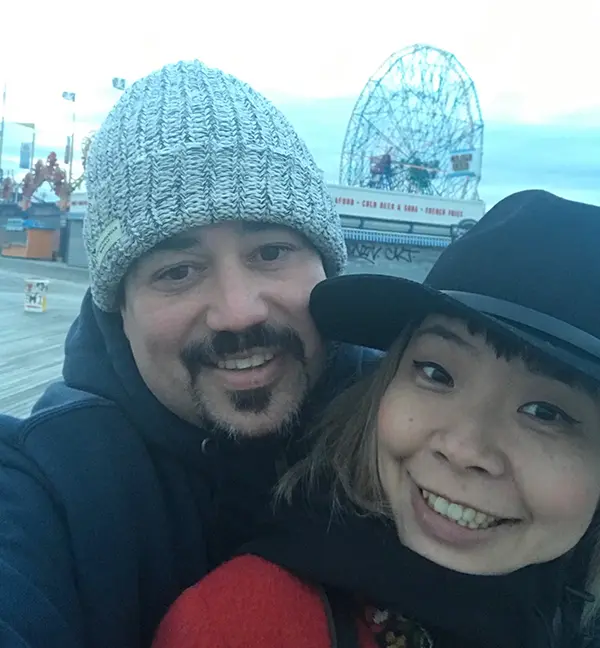
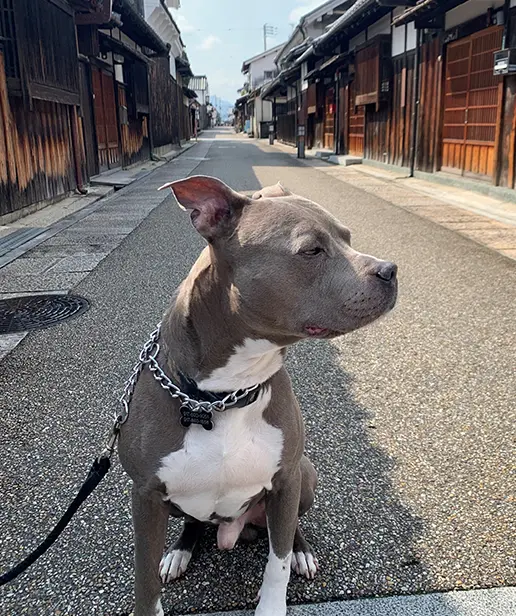
Instagram Gallery
Reservation / Contact
Availability
Reservations available
Our KOMINKA is available on Airbnb and Booking.com.
To make reservation, please click the below button to go to Airbnb or Booking.com.
If you have any questions or concerns, please feel free to contact us using the form below.
In addition to staying overnight, you can also use it as an event space.

